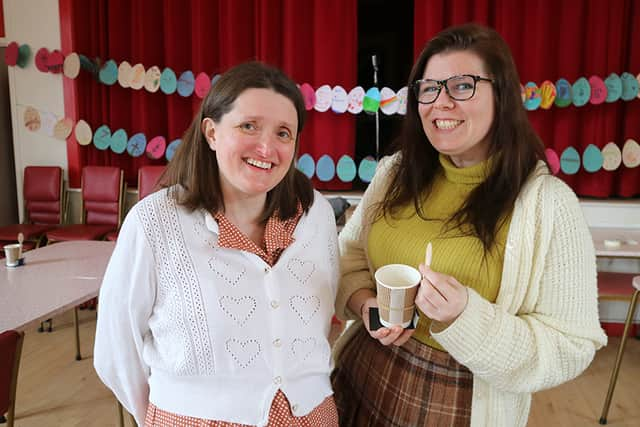Celebrate Easter as they did in the past at Beamish Museum - from games to delicious food
and live on Freeview channel 276
Experience the traditional celebrations of Easter in a unique way at Beamish, The Living Museum of the North.
Beamish is an iconic North East open-air museum, which takes visitors back in time to everyday life in the 1820s, 1900s, 1940s and 1950s.
Advertisement
Hide AdAdvertisement
Hide AdIn celebration of Easter, Beamish will be hosting ‘egg-citing’ activities, as well as giving visitors an insight into how the religious holiday was celebrated in the past.
Activities and learning experiences at Beamish this Easter includes the Beamish Easter Egg Championships, where 12 Easter eggs will be hidden across the museum. Those who find will receive a stamp on a certificate, a gold stamp will be given for those who find all 12.
In the 1990s Pit Village school on Good Friday (March 29) visitors will be educated on the history of Good Friday.
There will also be opportunities for Easter crafts. Easter wreaths can be made in the school, finger puppets in The 1940s Farm and Easter animal pom poms at Spain’s Field Farm.
Advertisement
Hide AdAdvertisement
Hide AdVisitors to Beamish can also participate in traditional Easter games, including egg jarping at Pockerley Old Hall, egg rolling in The 1900s Town Park, egg catapulting at the welfare and an egg and spoon race.
But the fun doesn’t end there, as food-lovers will be able to see traditional baking demonstrations and food displays across the museum, including lamb dinner, fish and chips, simnel cake and hot cross buns. There will also be plenty of Easter treats from the past for visitors to enjoy.


Rosie Nichols, Keeper of Social History at Beamish Museum, said: “In the past, there would be as much excitement around celebrating Easter as Christmas, particularly as it was one of the few times of year that workers would get time off, first on Good Friday and by the 1870s Easter Monday too.
Advertisement
Hide AdAdvertisement
Hide Ad“Good Friday was always a solemn day on which no work was done and many people would eat fish and hot cross buns. People would look forward to traditional food and pastimes for the rest of the long weekend along with a trip to church on Easter day itself. Edible treats would include simnel cake, roasted lamb and, by the middle of the 20th century, novelty chocolate eggs. Many children would receive new clothes to be worn for the first time at Easter and much fun would be had playing games and relaxing with family and friends.
“This Easter at Beamish, visitors can take a look at how Easter was marked in the past through the foods eaten and take part in traditional seasonal activities form Georgian egg jarping to egg rolling in The 1900s Town park and egg and spoon racing in the 1950s. You can also get stuck in with Easter crafts such as finger puppet making, wreath making and egg catapulting.”
For more information, please visit the Beamish website.